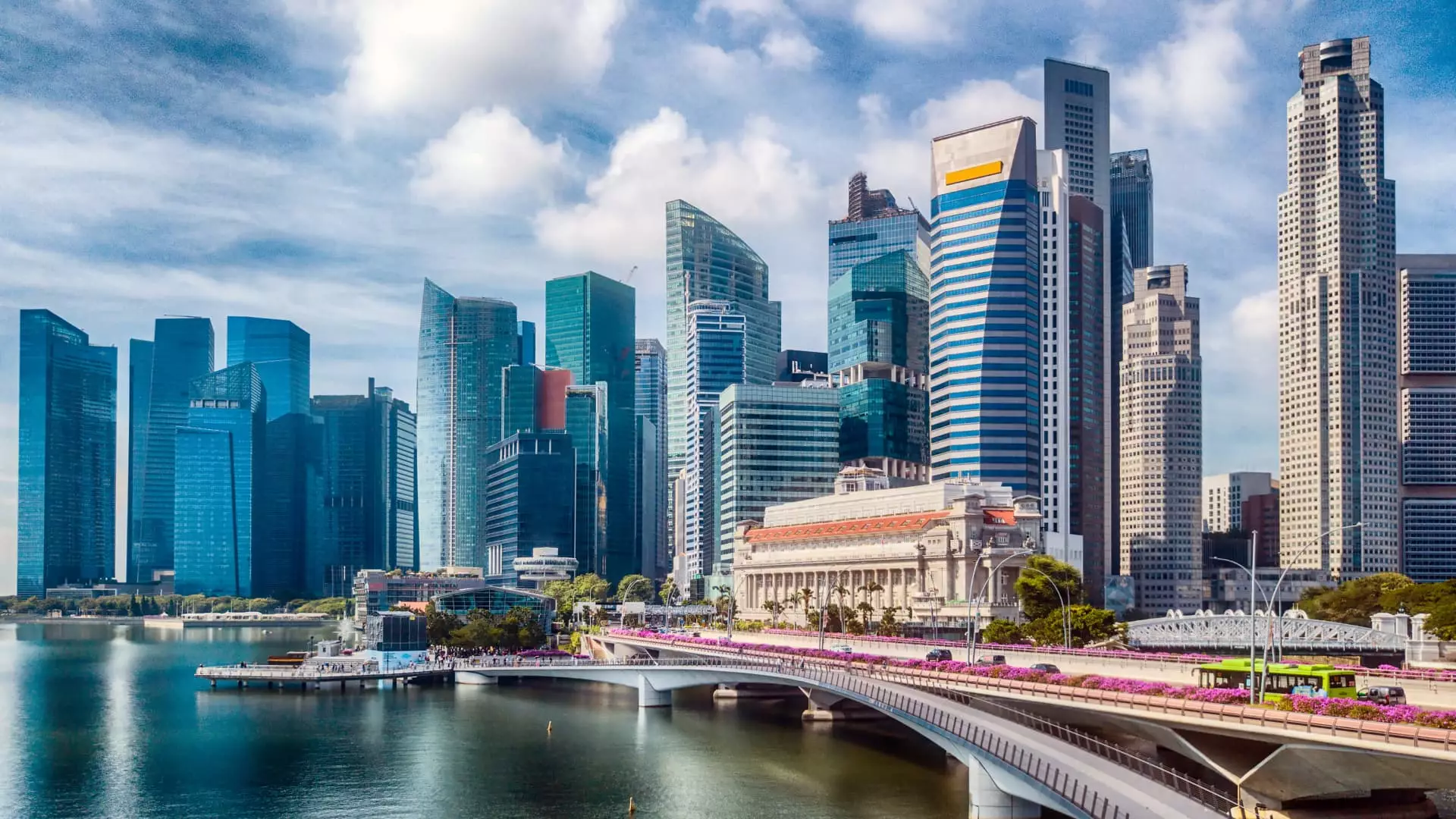In an era where many destinations are vying for attention by simply increasing the number of visitors, Singapore is setting itself apart with a more nuanced approach. The city-state is shifting its focus from just attracting travelers to maximizing the value derived from each visitor. This strategic pivot, encapsulated in the “Tourism 2040” blueprint, aims for a phenomenal leap in tourism revenue from $29.8 billion in 2024 to a staggering $47 billion to $50 billion over the next 15 years. The essence of this initiative lies not merely in boosting numbers but in attracting a more affluent clientele—business and stopover travelers who are more likely to spend significantly during their stays.
The Mice Market: A Goldmine for Revenue
At the heart of Singapore’s renewed tourism strategy is a focused emphasis on the Meetings, Incentives, Conferences, and Exhibitions (MICE) sector. Grace Fu, Singapore’s Minister for Sustainability and the Environment, highlighted that MICE travelers spend nearly double that of leisure tourists. This is no trivial amount; it significantly impacts economic stability and growth. By concentrating efforts on becoming a leader in hosting important business gatherings, the city’s revenue potential can be dramatically increased. The planned development of a dedicated MICE hub in downtown Singapore exemplifies the commitment to harnessing this lucrative market.
Melissa Ow, CEO of the Singapore Tourism Board, underscored the broader benefits of engaging the MICE sector, pointing out how it bolsters connections within priority industries and amplifies Singapore’s status on the global stage. Securing large international events, such as the Herbalife Extravaganza 2026—which is projected to draw in over 25,000 attendees—demonstrates that Singapore is successfully positioning itself as the “World’s Best MICE City.”
Stopover Travelers: A Future Boom
Another promising avenue for tourism revenue hinges on stopover travelers. With the anticipated opening of Changi Airport’s Terminal 5 in the mid-2030s, the airport’s capacity will rise from 90 million to an impressive 140 million passengers annually. This expansion is likely to attract a greater number of transit visitors, currently constituting one-third of Changi’s total traffic. Ow advocates that the new terminal will be integral in driving additional passenger movements and increasing overnight stays, which translates into enhanced spending within Singapore’s tourism ecosystem.
Leisure Travelers: The Continuation of Charm
Despite the strong focus on business segments, leisure travelers remain invaluable to Singapore’s tourism landscape. The Singapore Tourism Board is committed to providing “world-class attractions” to keep up with other competitive tourist destinations in the region. New and exciting endeavors are underway, such as the Singapore Oceanarium and the Porsche Experience Center, which reflect a continual investment in enriching the visitor experience. The anticipated 2027 opening of a new Science Centre also signals a long-term commitment to offering diverse and innovative attractions to engage family and educational tourism.
In addition, Singapore is positioning itself as a hub for wellness tourism. Ow remarks on the unique opportunity presented by Singapore’s identity as a “city in nature.” This bifocal approach—focusing on both MICE and leisure tourism—illustrates a comprehensive strategy intended to broaden Singapore’s market appeal while also deepening its economic impact through cohesive experiences.
The Power of Event Economics
Interestingly, Singapore has recently seen a significant boost in tourism revenue thanks to high-profile live events. This includes the much-debated series of Taylor Swift concerts, which not only attracted international visitors but also stimulated local business activity. The economics of concerts and sporting events will continue to be at the forefront of Singapore’s tourism aspirations, with the Singapore Tourism Board planning to capitalize on upcoming performances by globally recognized artists like Lady Gaga and exciting events like the NBA Rising Stars Invitational.
New venues, including a theater at Gardens by the Bay and a brand-new arena at Marina Bay Sands, are projected to complement these efforts and enhance Singapore’s status as an entertainment hub. Moreover, the potential to draw markets such as Saudi Arabia and Kazakhstan indicates a forward-thinking strategy in diversifying visitor demographics and sustaining tourism growth in the long term.
Thus, Singapore is embarking on an ambitious journey, not merely aiming to celebrate the quantity of visitors but embracing the value of unforgettable experiences. The balance between attracting high-spending business travelers and creating enticing offerings for leisure visitors may well set a benchmark for future urban tourism strategies on the global stage.


Leave a Reply